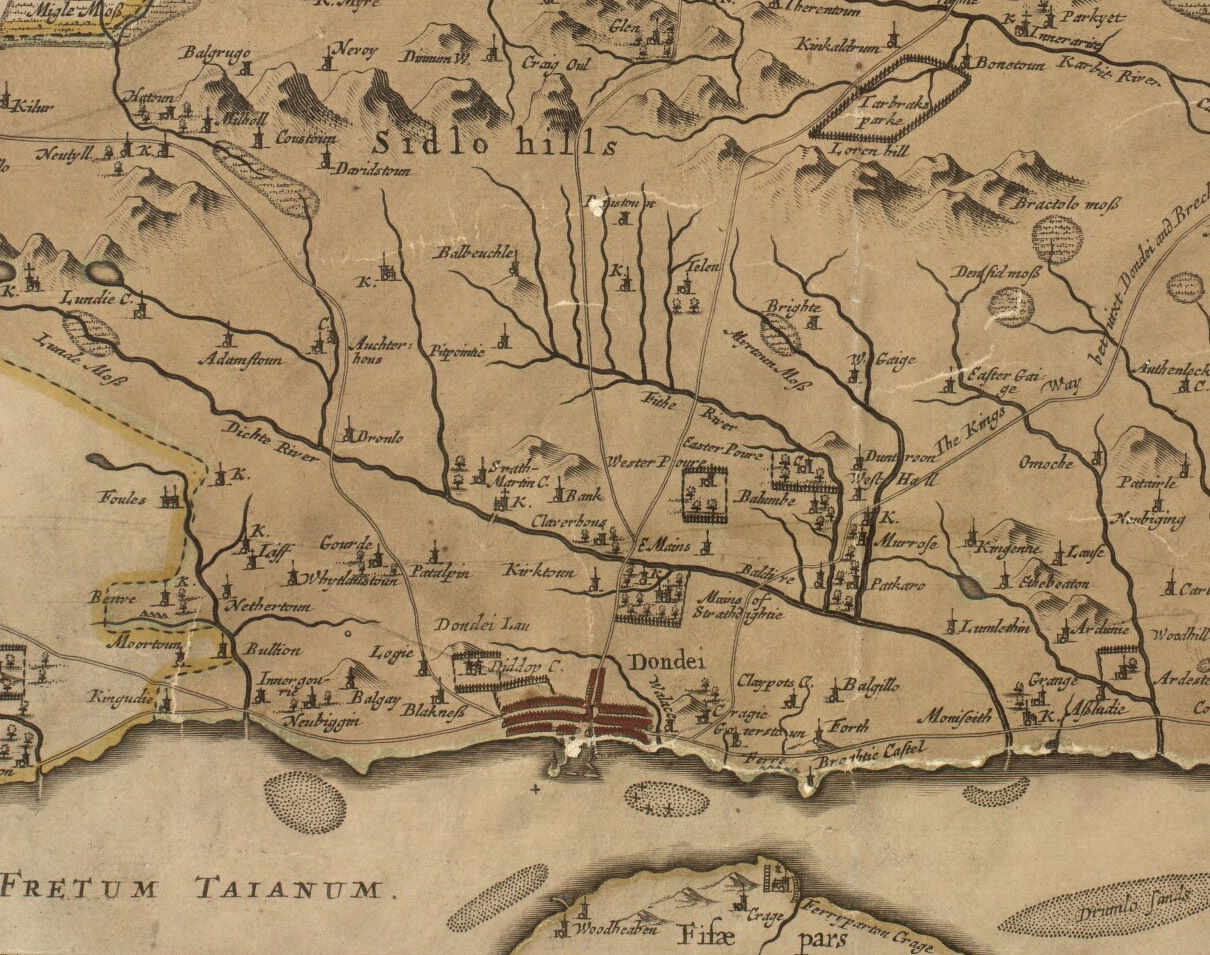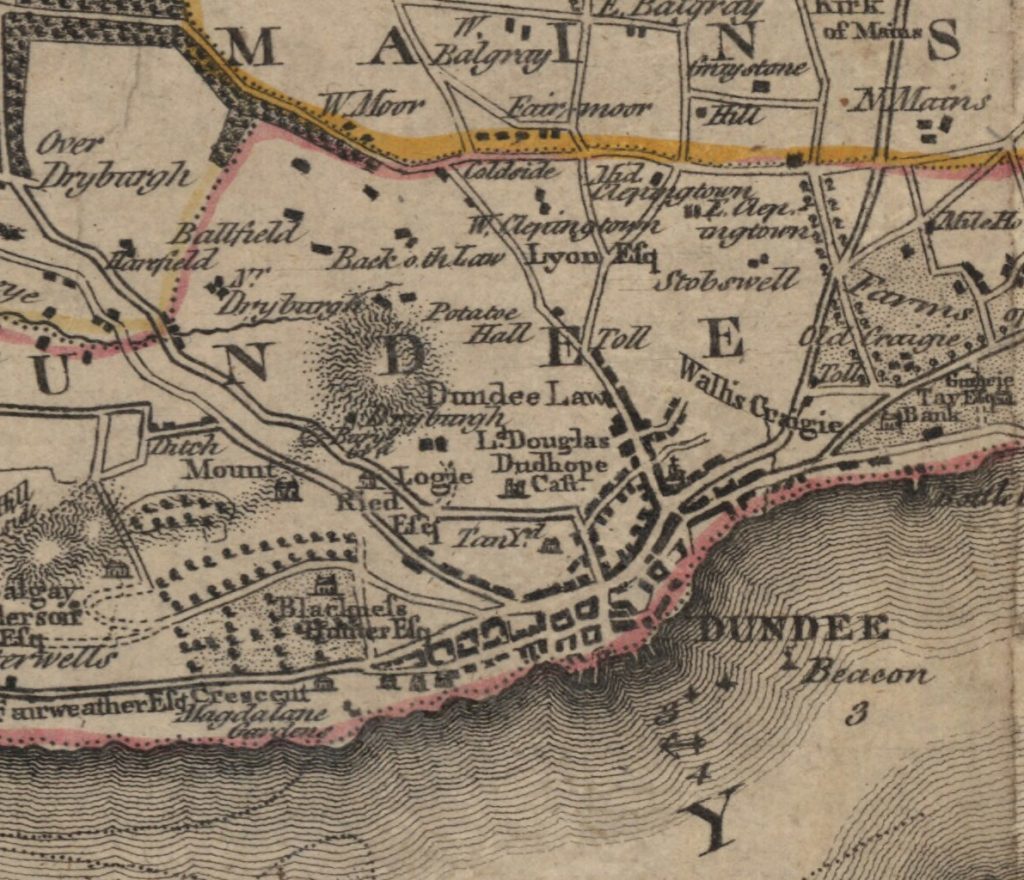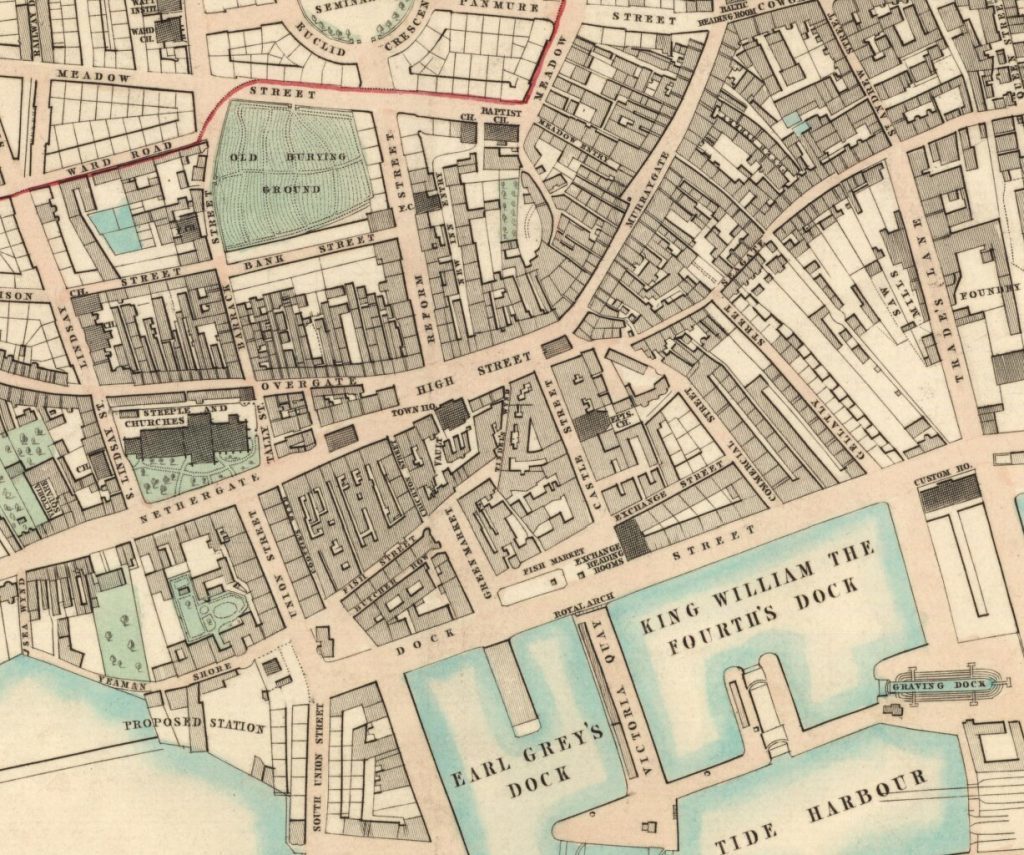Maps of Dundee used by King James VI are among the historical charts which will be brought to the city for a special event this week.
Other maps on show at the annual Dundee Royal Scottish Geographical Society (RSGS) talk will include those used by the military in the wake of the Jacobite rebellion of 1745.
Chris Fleet, senior maps curator at the National Library of Scotland, said in addition to showing what historical Dundee looked like, maps can also reveal information about a period’s culture.
“Maps are a window to the position of Dundee at a particular point in time,” he said.
“On one level they show what is in what place, but we can also ask who made the map and why they made it.
“In the 17th century you find there are quite small scale maps that show an overview of an area to give an impression of the whole of Scotland.
“In the 18th century you see the growth of the port and construction of harbours.”
The talk will take a fascinating journey through selected maps of Dundee and its hinterland from the 16th century to the present day, based on the rich collections of the National Library of Scotland.
It will particularly look at the background to the maps, who made them and why, to explain something of their style and content.
Chris added: “It was only in 1750 that people started to use accurate instruments to record distances. It was not expected that people would try and accurately pin down features.”
The requirement for maps has also changed over time.
“For King James VI and I, maps were particularly used to integrate control of the whole state. It didn’t require so much of the detail, just knowing the position.
“In the 18th century there’s a real priority given to military maps made in relation to the Jacobites.”
The talk will also explore the recent work at the library to make these historic maps available online, and the use of technologies such as georeferencing and 3D overlays, to understand and visualise them better, with a brief look at the growing collections of born-digital mapping that the library is receiving.
Entry costs £2, and begins on Wednesday March 1 at 2.15pm in the D’Arcy Thompson Lecture Theatre at Dundee University.
Susan Mains, of the Dundee RSGS group, said: “The RSGS and the University of Dundee geography programme aim to engage with as wide an audience as possible in order to share the innovative and exciting work being done in relation to how we understand places, people and changes that take place over time.”







